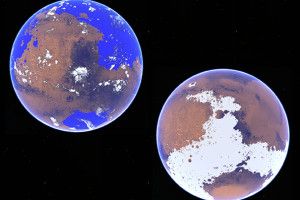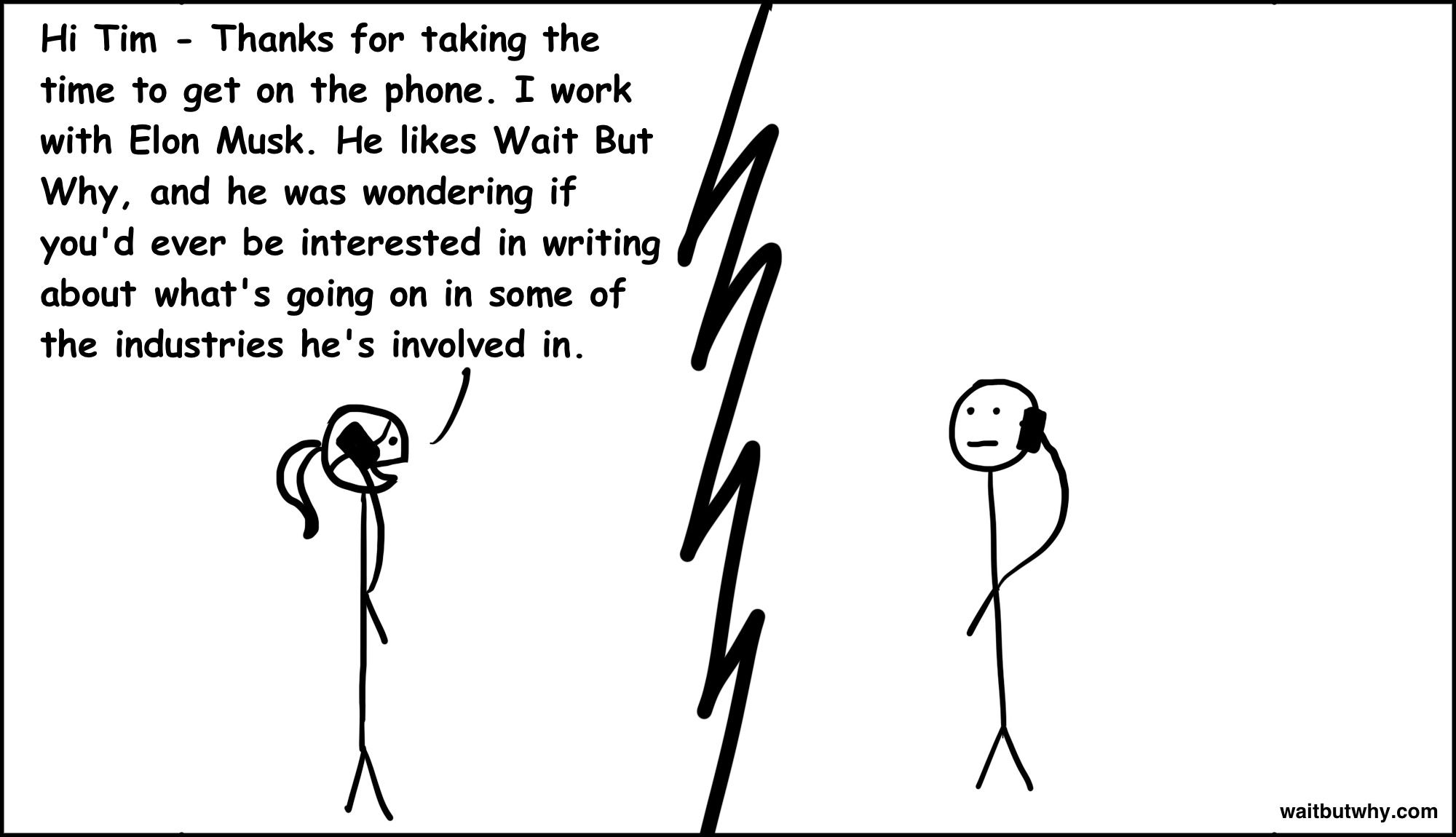We have no choice BUT to become an interstellar species if we want to survive, even into the near future.
Archive for the ‘space travel’ category: Page 507
Jul 1, 2015
Why Send Humans to Space When We Can Send Robots? — Daniel Oberhaus | Motherboard
Posted by Seb in categories: robotics/AI, space, space travel
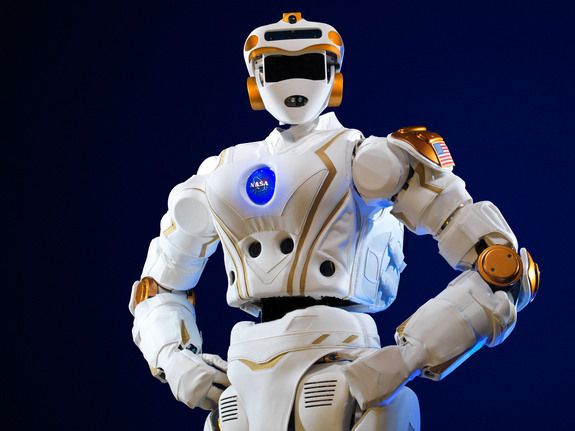
“The first marketable, personal computers in the late 70s came about after almost 40 years of research and development, which created the technology at public expense. One of the peculiarities, if you’d like, of our system of innovation and development is that it’s radically anti-capitalist in many ways…People who paid taxes in the 50s and 60s may not have known it, but they were creating what was ultimately marketed by Apple. But they don’t get any of the profit. I think that’s a social pathology and the same carries over into space.” Read more
Jun 28, 2015
What It Will Take for Humans to Live on the Moon — Bryan Lufkin | Gizmodo
Posted by Seb in categories: space, space travel
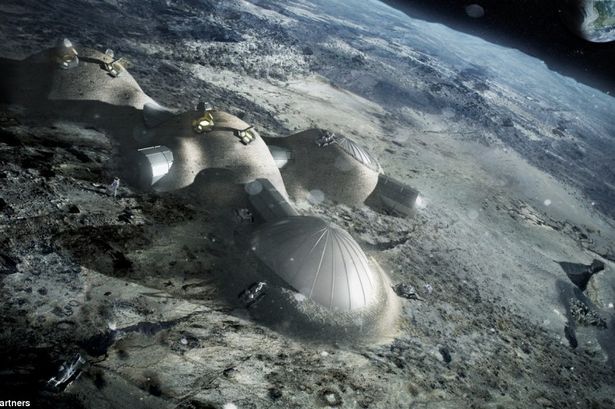
“We (“we” meaning robots, at least at first) need to do lots of lunar experiments. What’s the nature of the Moon’s poles? Where is the water stored? We can answer those questions using robots—a couple of surface rovers, like Curiosity on Mars. These rovers can measure temperatures, slopes, surface properties, and the measurements of existing ice. Once we figure out a way to locate this vital resource on the Moon, the real progress can begin.” Read more
Jun 23, 2015
Strings Are Dead
Posted by Benjamin T. Solomon in categories: anti-gravity, cosmology, defense, general relativity, gravity, innovation, particle physics, philosophy, physics, policy, quantum physics, science, space travel
In 2014, I submitted my paper “A Universal Approach to Forces” to the journal Foundations of Physics. The 1999 Noble Laureate, Prof. Gerardus ‘t Hooft, editor of this journal, had suggested that I submit this paper to the journal Physics Essays.
My previous 2009 submission “Gravitational acceleration without mass and noninertia fields” to Physics Essays, had taken 1.5 years to review and be accepted. Therefore, I decided against Prof. Gerardus ‘t Hooft’s recommendation as I estimated that the entire 6 papers (now published as Super Physics for Super Technologies) would take up to 10 years and/or $20,000 to publish in peer reviewed journals.
Prof. Gerardus ‘t Hooft had brought up something interesting in his 2008 paper “A locally finite model for gravity” that “… absence of matter now no longer guarantees local flatness…” meaning that accelerations can be present in spacetime without the presence of mass. Wow! Isn’t this a precursor to propulsion physics, or the ability to modify spacetime without the use of mass?
As far as I could determine, he didn’t pursue this from the perspective of propulsion physics. A year earlier in 2007, I had just discovered the massless formula for gravitational acceleration g=τc^2, published in the Physics Essays paper referred above. In effect, g=τc^2 was the mathematical solution to Prof. Gerardus ‘t Hooft’s “… absence of matter now no longer guarantees local flatness…”
Tags: Air Force Research Lab, American Physical Society, Baa, Brian Green, Broad Agency Announcements, DARPA, Force Fields, Foundations of Physics, Gamow Memorial Lecture, General Relativity, Gerardus 'T Hooft, Gravity Modification, interstellar propulsion, Lorentz-Fitzgerald transformation, Missile Defense Agency, NASA, National Science Foundation, Naval Research Lab, Newtonian Gravitational Transformation, NGT, Noble Prize, Nsf, Physics Essays, Roger Penrose, Sandia National Lab
Jun 23, 2015
Honda’s Gravity Modification Research
Posted by Benjamin T. Solomon in categories: anti-gravity, business, cosmology, defense, disruptive technology, engineering, general relativity, gravity, innovation, particle physics, physics, quantum physics, science, space travel
Gravity modification, the scientific term for antigravity, is the ability to modify the gravitational field without the use of mass. Thus legacy physics, the RSQ (Relativity, String & Quantum) theories, cannot deliver either the physics or technology as these require mass as their field origin.
Ron Kita who recently received the first US patent (8901943) related to gravity modification, in recent history, introduced me to Dr. Takaaki Musha some years ago. Dr. Musha has a distinguished history researching Biefeld-Brown in Japan, going back to the late 1980s, and worked for the Ministry of Defense and Honda R&D.
Dr. Musha is currently editing New Frontiers in Space Propulsion (Nova Publishers) expected later this year. He is one of the founders of the International Society for Space Science whose aim is to develop new propulsion systems for interstellar travel.
Wait. What? Honda? Yes. For us Americans, it is unthinkable for General Motors to investigate gravity modification, and here was Honda in the 1990s, at that, researching this topic.
Jun 23, 2015
Is Photon Based Propulsion, the Future?
Posted by Benjamin T. Solomon in categories: anti-gravity, defense, general relativity, gravity, innovation, particle physics, physics, quantum physics, science, space travel
I first met Dr. Young Bae, NIAC Fellow, at the Defense Advanced Research Projects Agency (DARPA) sponsored 2011, 100 Year Starship Study (100YSS) at Orlando, Fla. Many of us who were there had responded to the NASA/DARPA Tactical Technology Office’s RFP to set up an organization “… to develop a viable and sustainable non-governmental organization for persistent, long-term, private-sector investment into the myriad of disciplines needed to make long-distance space travel viable …”
Yes, both DARPA and NASA are at some level interested in interstellar propulsion. Mine was one of approximately 35 (rumored number) teams from around the world vying for this DARPA grant, and Dr. Bae was with a competing team. I presented the paper “Non-Gaussian Photon Probability Distributions”, and Dr. Bae presented “A Sustainable Developmental Pathway of Photon Propulsion towards Interstellar Flight”. These were early days, the ground zero of interstellar propulsion, if you would.
Dr. Bae has been researching Photon Laser Thrust (PLT) for many years. A video of his latest experiment is available at the NASA website or on YouTube. This PLT uses light photons to move an object by colliding with (i.e. transferring momentum to) the object. The expectation is that this technology will eventually be used to propel space crafts. His most recent experiments demonstrate the horizontal movement of a 1-pound weight. This is impressive. I expect to see much more progress in the coming years.
At one level, Dr. Bae’s experiments are confirmation that Bill Nye’s Light Sail (which very unfortunately lost communications with Earth) will work.
Continue reading “Is Photon Based Propulsion, the Future?” »
Jun 23, 2015
The Feasibility of Interstellar Propulsion
Posted by Benjamin T. Solomon in categories: cosmology, defense, disruptive technology, general relativity, gravity, innovation, particle physics, philosophy, physics, policy, quantum physics, space travel
Recent revelations of NASA’s Eagleworks Em Drive caused a sensation on the internet as to why interstellar propulsion can or cannot be possible. The nay sayers pointed to shoddy engineering and impossible physics, and ayes pointed to the physics of the Alcubierre-type warp drives based on General Relativity.
So what is it? Are warp drives feasible? The answer is both yes and no. Allow me to explain.
The empirical evidence of the Michelson-Morley experiment of 1887, now known as the Lorentz-FitzGerald Transformations (LFT), proposed by FitzGerald in 1889, and Lorentz in 1892, show beyond a shadow of doubt that nothing can have a motion with a velocity greater than the velocity of light. In 1905 Einstein derived LFT from first principles as the basis for the Special Theory of Relativity (STR).
So if nothing can travel faster than light why does the Alcubierre-type warp drive matter? The late Prof. Morris Klein explained in his book, Mathematics: The Loss of Certainty, that mathematics has become so powerful that it can now be used to prove anything, and therefore, the loss of certainty in the value of these mathematical models. The antidote for this is to stay close to the empirical evidence.
Continue reading “The Feasibility of Interstellar Propulsion” »
Jun 22, 2015
Unveiling the ancient climate of Mars By Larry O’Hanlon | Harvard Gazette
Posted by Odette Bohr Dienel in categories: astronomy, science, space travel
“The high seas of Mars may never have existed. According to a new study that looks at two opposite climate scenarios of early Mars, a cold and icy planet billions of years ago better explains the water drainage and erosion features seen today.”
Tag: Mars
Jun 16, 2015
Elon Musk: The World’s Raddest Man By Tim Urban | Wait But Why
Posted by Odette Bohr Dienel in categories: business, energy, engineering, solar power, space travel, sustainability, transportation
Tim Urban, of Wait But Why, recently received a phone call from Elon Musk’s staff asking if he would like to write about the automotive, aerospace, and solar power industries through personal interviews with Elon Musk and his teams. Tim Urban said yes, and the first three of essays / articles are already posted on his site.
Tags: aerospace, automotive, Elon Musk, solar power
Jun 9, 2015
3D printing just made space travel cheaper — Nyshka Chandran MSNBC
Posted by Seb in categories: 3D printing, disruptive technology, space, space travel
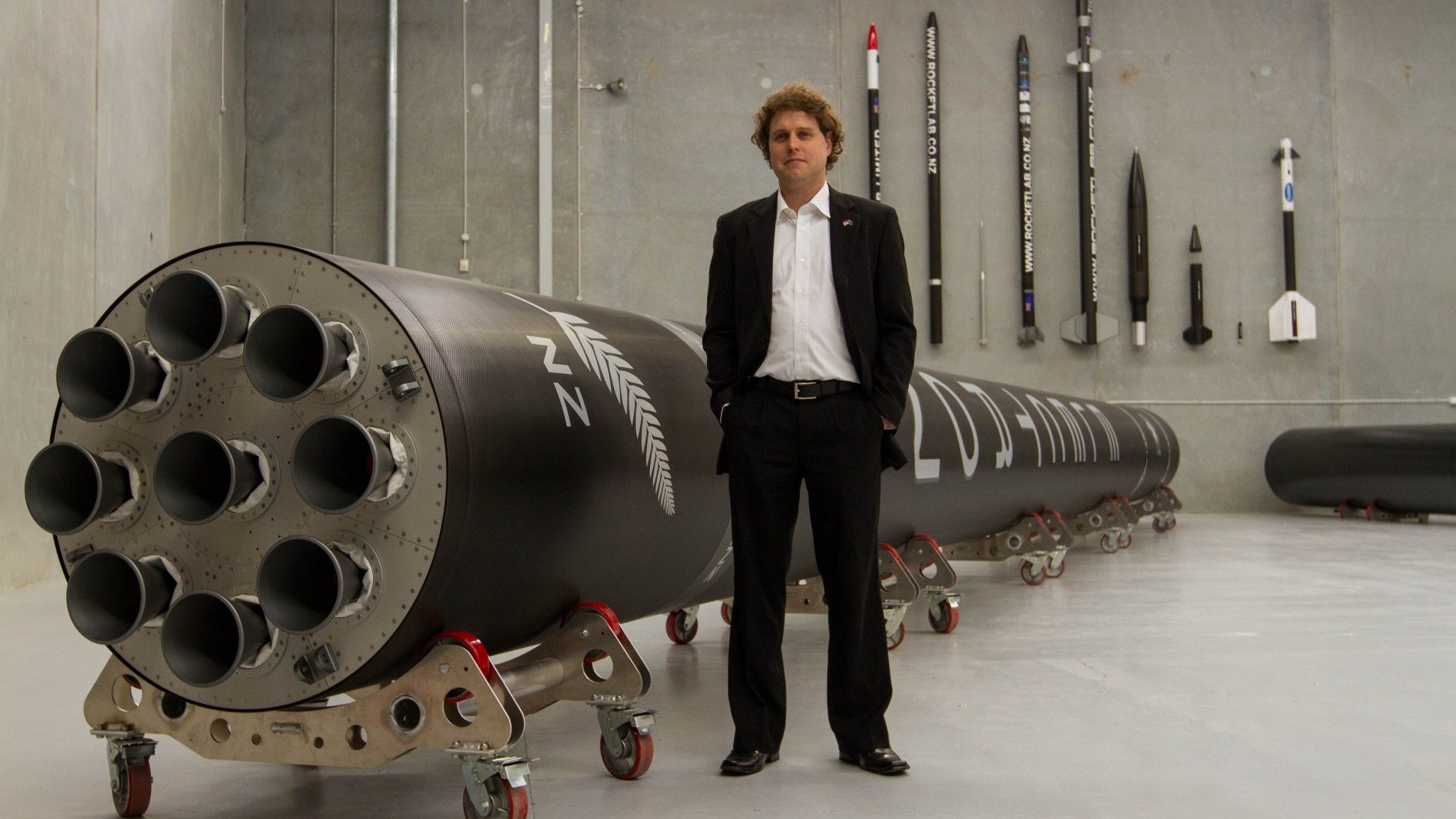
Companies looking to launch satellites into space typically spend anywhere from $10–50 million per launch but thanks to 3D printing, those costs are set to drop in a big way.
For $4.9 million, businesses can use RocketLab to send small satellites into orbit. The firm’s engine, called the Rutherford, is powered by an electric motor and is the first oxygen and hydrocarbon engine to use 3D printing for all its primary components. The New Zealand company is set to begin test flights this year and aims to launch weekly commercial operations next year. Read more

